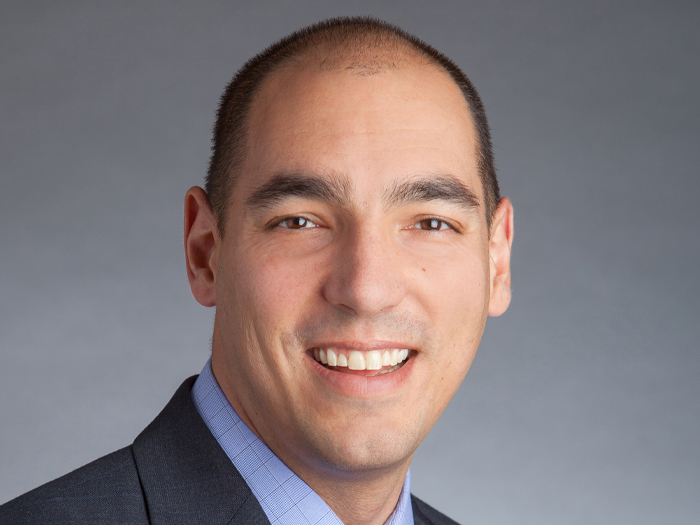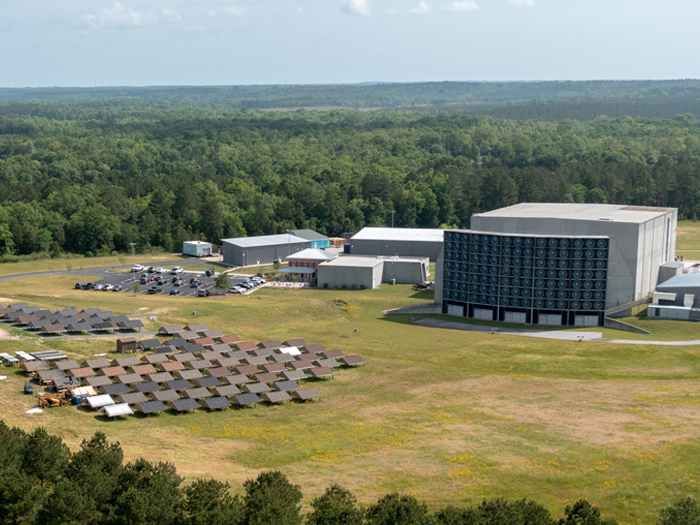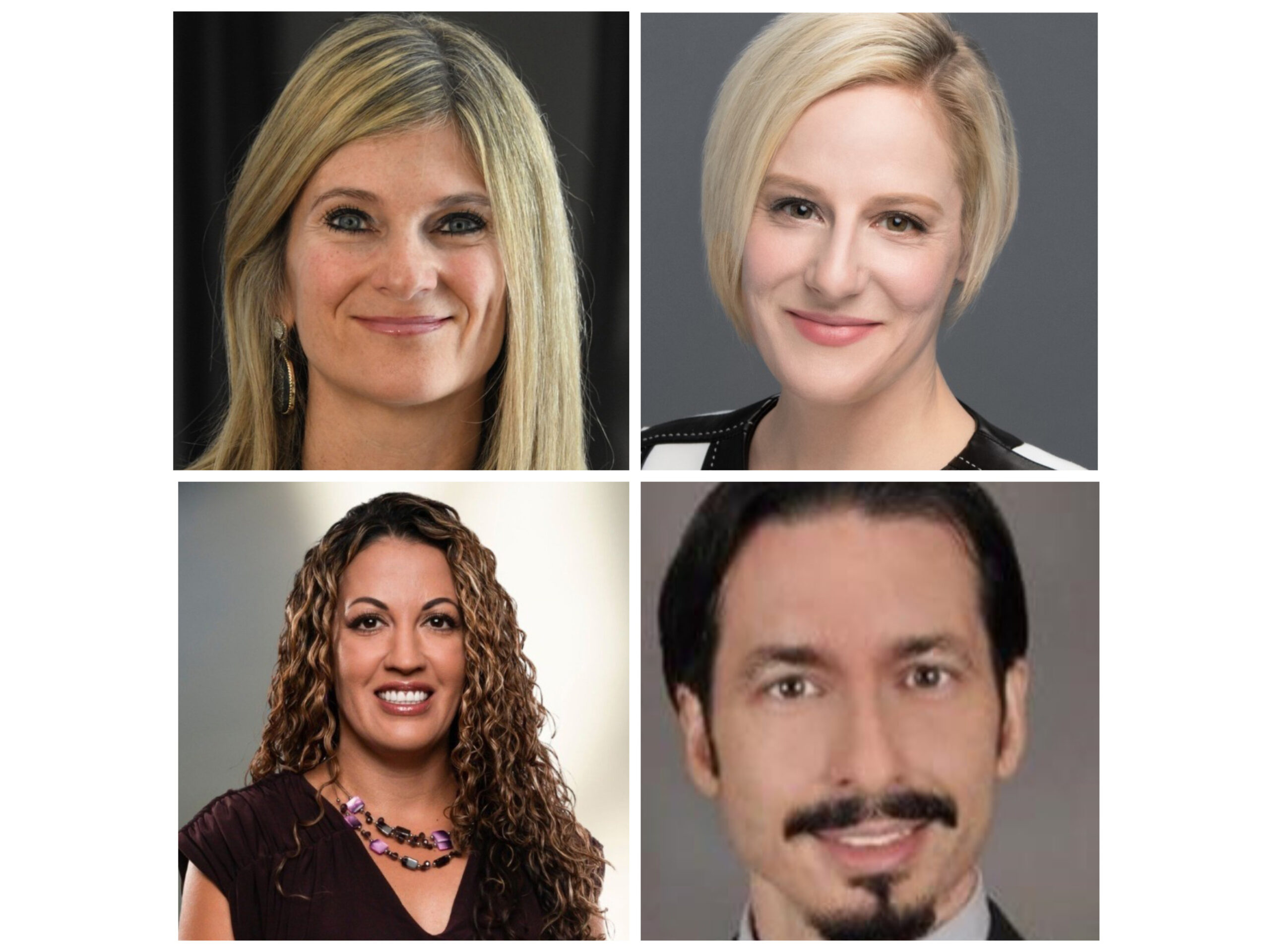Risk Insider: Tony Boobier
Work Stress as a Risk
Ever felt bullied at work or been faced with what seems like an impossible target or deadline?
The creation and maintenance of stressful workplace conditions for employees sits front and center in our modern working environment, raises the potential for new and significant liabilities, and is an issue which cannot continue to be ignored.
I posit that workers’ compensation and employment liability insurers better be on the lookout.
The recent publicity into Hollywood (mis) behaviors, tagged as #MeToo, has the potential to open up other proverbial cans of worms for multiple adverse practices in the workplace.
Stress is a big deal. In the workplace, it’s more strongly associated with health complaints than with family or financial issues. People are becoming less shy about work absence through work-related stress.
It’s an all-too-common phenomenon. According to the American Institute of Stress, a charitable organisation dedicated to ‘Transforming stress through awareness, education and collaboration’:
- 40 percent of workers reported their job was very or extremely stressful
- 25 percent view their jobs as the number one stressor in their lives
- Three-fourths of employees believe that workers have more on-the-job stress than a generation ago
- 29 percent of workers felt quite a bit or extremely stressed at work
- 26 percent of workers said they were “often or very often burned out or stressed by their work”
Stress at work occurs due to:
- Workload, underpinned by poor job design accompanied by loss of control and management style (46 percent)
- Lack of job security, reflecting not only an increasingly volatile work environment but also the failure of the individual to meet impossible targets (6 percent)
- People issues, including the absence of support from (equally stressed) co-workers (28 percent)
- Work-life balance, surely influenced by the increased impact of rarely being out of contact (20 percent)
I can’t help but wonder how this situation occurred.
Was it an inevitable by-product of the Industrial Age, now with us for over a century, since Ford and Pullman (amongst others) considered humans as being simply a component of the production line? Has the relentless march towards profitability in a volatile business environment increasingly created new mega-stresses?
Stress is a big deal. In the workplace, it’s more strongly associated with health complaints than with family or financial issues. People are becoming less shy about work absence through work-related stress.
Or have matters gotten worse with the increasing impact of advanced performance tools, which give organizations deep insight to worker productivity and behavior? If the latter, then surely it can’t be fair to blame providers of performance management software, can it? After all, performance management technology vendors don’t set the parameters for individual, departmental or company performance any more than gun manufacturers choose their customers or victims.
There’s an obvious potential liability on employers for creating stress in the workplace. Employees invariably will be faced with proving the stress is work-related rather than for any other reason. And as they say, if you don’t like the heat, get out of the kitchen.
But doesn’t it increasingly feel a little like employers and businesses are beginning to stand on thinner ice, in terms of their obligation to employees and the inevitable liabilities that might arise from stress in the workplace?
Are insurers simply going to stand back and wait for the first ‘class action’ or be more proactive in some way? And if so, how?
When will the scale of work-related stress come out of the closet and be revealed as being as pervasive in industry as that of sexual harassment? With over half the workforce affected by stress in some way, doesn’t #MeTooTwo also have the potential to hit the headlines?










